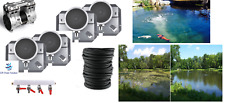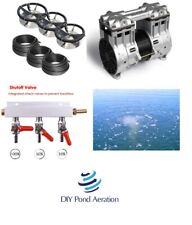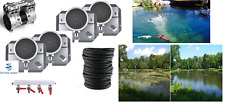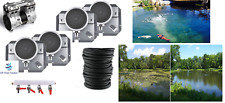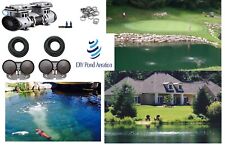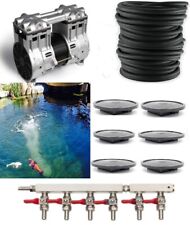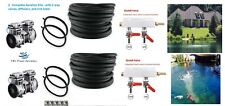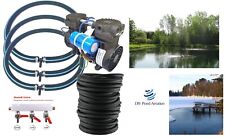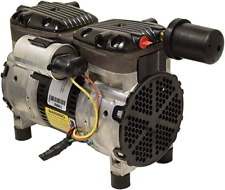Treatment of Torn Ligaments in Horses

My horse has a torn ligament on its leg. What should I do?

Joints are encased by a capsule that has a tough outer layer surrounding the synovial layer, which is the thin inner layer that holds the synovial fluid and lubricates the joint when bones move against each other. The outer layer is thickened in places to form ligaments, which connect bone to bone (tendons connect muscle to bone). The structure and length of ligaments varies widely between joints. Some joints have short, tight ligaments that hold bones firmly together, while others allow considerable movement. Injury to ligaments occurs when an unusual stress occurs to a joint.
In each of a horse’s legs there are 2 ligaments above the fetlock. The Inferior Check ligament helps to stabilize the leg during weight bearing, and injuries to this are the least severe. Inferior Check ligament injuries often cause a large swelling, but little pain or lameness. The Suspensory ligament is located just above the fetlock and helps to stabilize the leg during maximum weight load – stopping the fetlock from dropping to the ground. This is the most serious and can be the hardest to treat. Recovery from a ligament injury will depend on many factors, and some horses never recover to their full capabilities.
In the first 3 or 4 days after injury, it is important to minimize the risk of further injury and to make your horse comfortable. The use of ice, and anti-inflammatory drugs are useful to reduce swelling. While pain killers can be administered, it is advisable not to completely remove the pain so that the horse remains aware of the injury, and does not therefore try to use the injured leg. You should tightly wrap the leg to provide support, and this will also help to reduce swelling. To begin with, your horse will need complete rest for a period of time from a few weeks to a few months. The length of time that your horse is stall rested will depend on the horse’s weight, age, breed, general wellness, and the severity of the injury. Work in conjunction with your vet and the weather to decide when to provide your horse with a restricted paddock or hand walking.
Due to the dollar value of some racehorses, much money is being spent on medical research to assist healing of ligament injuries in horses. Example of treatments now available include stem cell therapy, bone marrow transplant and "extracorporeal shock wave therapy". However, for most people who keep horses as hobby pets or minor competition animals these treatments remain outside our reach.

Large POND Aerator System w/600' WTD Hose 4-Diffusers + Valve 5 CFM 1-4 Acres
$1689.99
NEW Pond & Lake Aeration KIT w/300' WTD Hose 3-36" Diffuser +Valve 1+ acre 4+cfm
$1399.99
Shallow Water Dock De-icer / Aerator System w/400' WTD Hose 4-Diffusers 5+ CFM
$1355.99
Large POND Aerator System w/400' WTD Hose 4-Diffusers +Valve 5+ CFM 1-4 acres
$1355.99
NEW Large Lake & Pond Aerator Aeration KIT w/ 4-10" Diffusers 300'TUBE 1-4+acres
$1188.99
LARGE Lake & Pond Aerator KIT w/ 200' WTD Hose 6 Diffusers +Valve 4+ cfm PUMP
$1125.99
LARGE lake Pond Aerator Kit w/2-1/2 hp PUMPS 400' Hose & 4-48" RING Diffuser's
$1099.99
NEW Fish Lake Pond Aeration KIT w/ 3-48" Heavy Duty Diffusers +500' Tube +Valve
$1089.99
NOS 1/2HP 2cfm Vertex PondLyfe 2 Aeration Systems w/2(100') Hose (no diffusers)
$999.99
3/4HP Large Pond Aerator System 4x HD Diffusers + 400' Sink TUBE +Valve 2+acres
$989.99
